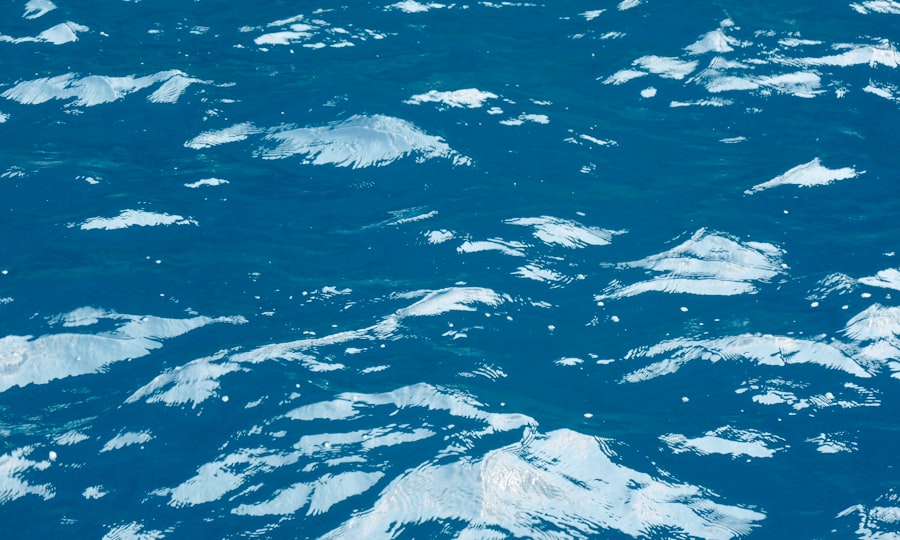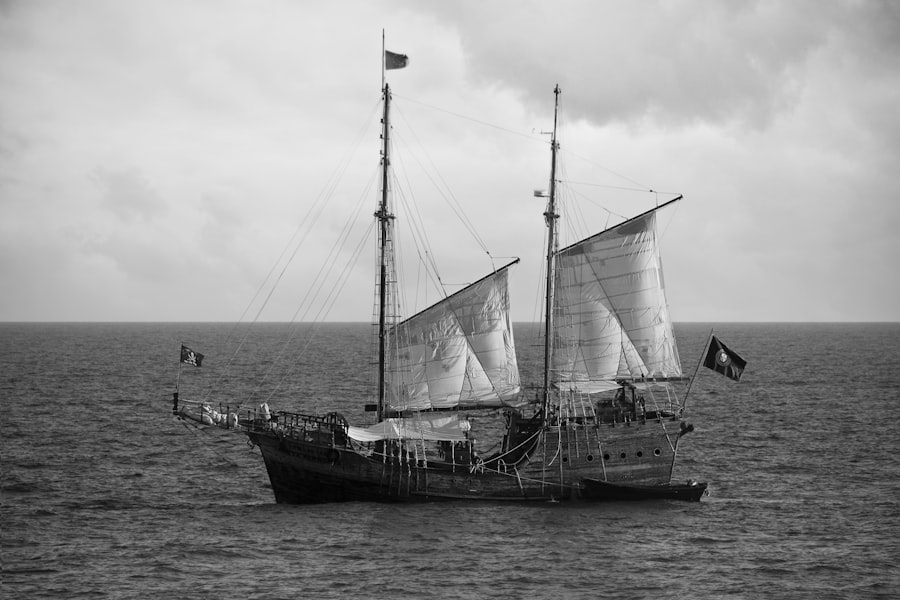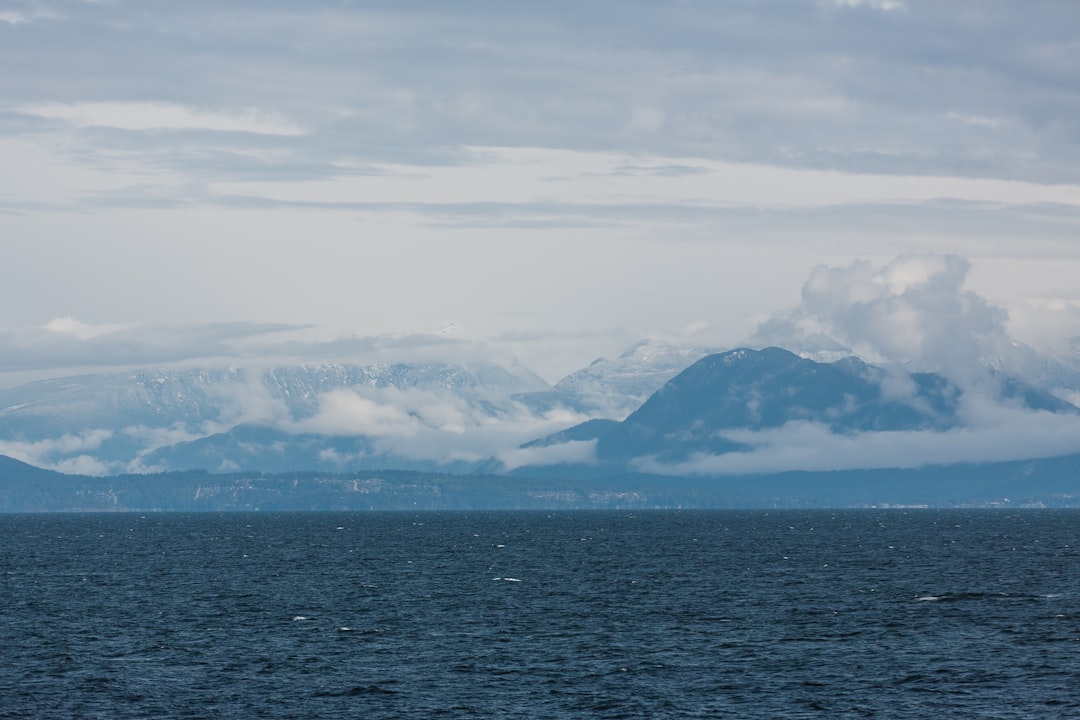The Drake Passage, a body of water situated between the southern tip of South America and Antarctica, is renowned for its tumultuous seas and unpredictable weather. This narrow stretch of ocean, measuring approximately 800 kilometers (500 miles) wide, serves as a critical conduit for maritime traffic between the Atlantic and Pacific Oceans. Its significance extends beyond mere geography; it is a vital area for scientific research, particularly in the fields of oceanography and climate studies.
The passage is named after Sir Francis Drake, the English explorer who navigated these waters in the late 16th century, and it has since become a focal point for adventurers and researchers alike. The unique characteristics of the Drake Passage make it a fascinating subject of study. The convergence of the cold waters from the Southern Ocean and the warmer waters from the Atlantic creates a dynamic marine environment that supports a diverse array of wildlife.
This region is not only a critical habitat for various species but also plays a significant role in global ocean currents. The passage is often described as one of the roughest seas in the world, with waves that can reach heights of over 30 feet. This unpredictability adds an element of excitement for those who dare to traverse its waters, whether by cruise ship or research vessel.
Key Takeaways
- The Drake Passage is a body of water between South America’s Cape Horn and the South Shetland Islands of Antarctica, known for its rough seas and challenging sailing conditions.
- Weather in the Drake Passage is unpredictable and can change rapidly, with strong winds and high waves being common. Travelers should be prepared for rough conditions.
- When packing for the Drake Passage, it’s important to bring warm, waterproof clothing, seasickness medication, and sturdy footwear for exploring on land.
- Learning basic Spanish phrases can be helpful for navigating the Drake Passage and communicating with locals in Spanish-speaking countries.
- Safety precautions for Spanish-speaking travelers in the Drake Passage and beyond include being aware of your surroundings, avoiding risky areas, and keeping important documents secure.
Weather and Climate in the Drake Passage
The weather in the Drake Passage is notoriously volatile, characterized by rapid changes that can occur within a matter of hours. Travelers venturing into this region should be prepared for a range of conditions, from calm seas to fierce storms. The passage experiences strong winds, particularly during the winter months, which can lead to challenging sailing conditions.
The average temperature varies significantly throughout the year, with summer months (December to February) offering milder conditions, while winter (June to August) brings frigid temperatures and increased storm activity. Understanding the climate patterns in the Drake Passage is essential for anyone planning a journey through this area. The summer months are generally more favorable for travel, as they provide longer daylight hours and relatively stable weather.
However, even during this season, travelers should remain vigilant and ready for sudden changes. The winter months, while less popular for tourism, offer a unique opportunity to witness the raw power of nature, with dramatic landscapes and fewer vessels navigating the waters. Regardless of the season, it is crucial for travelers to stay informed about weather forecasts and sea conditions before embarking on their journey.
Packing Tips for the Drake Passage

When preparing for a trip through the Drake Passage, packing wisely is essential to ensure comfort and safety. Given the unpredictable weather conditions, layering clothing is highly recommended. Travelers should consider packing moisture-wicking base layers, insulating mid-layers, and waterproof outer layers to protect against wind and rain.
Sturdy footwear is also crucial, as passengers may need to navigate wet decks or disembark onto rocky shores during excursions. In addition to clothing, travelers should not overlook other essential items. A good quality pair of binoculars can enhance wildlife viewing opportunities, allowing travelers to spot seabirds and marine mammals from a distance.
Sunscreen and sunglasses are also important, as UV rays can be intense even on overcast days. Furthermore, bringing along seasickness remedies can be a lifesaver for those prone to motion sickness, as the waters of the Drake Passage can be particularly choppy.
Spanish Phrases for Navigating the Drake Passage
| Spanish Phrase | English Translation |
|---|---|
| ¿Dónde está el chaleco salvavidas? | Where is the life jacket? |
| ¿Dónde está la salida de emergencia? | Where is the emergency exit? |
| ¿Dónde están los botes salvavidas? | Where are the lifeboats? |
| ¿Hay algún ejercicio de evacuación? | Is there any evacuation drill? |
| ¿Cuál es el procedimiento en caso de emergencia? | What is the procedure in case of emergency? |
For travelers venturing into Spanish-speaking regions surrounding the Drake Passage, learning a few key phrases can greatly enhance their experience. Basic greetings such as “Hola” (Hello) and “Gracias” (Thank you) can go a long way in establishing rapport with locals. Additionally, phrases like “¿Dónde está…?” (Where is…?) and “¿Cuánto cuesta?” (How much does it cost?) are invaluable when navigating unfamiliar environments or making purchases.
Understanding some nautical terminology can also be beneficial for those traveling by boat. Phrases such as “¡Ayuda!” (Help!) or “¡Peligro!” (Danger!) may prove useful in emergency situations. Moreover, expressing interest in local culture by asking questions like “¿Qué recomiendas?” (What do you recommend?) can lead to enriching conversations and deeper connections with local residents.
By equipping themselves with these essential phrases, travelers can navigate their journey through Spanish-speaking areas with greater ease and confidence.
Cultural Etiquette in Spanish-speaking Countries
Cultural etiquette varies significantly across Spanish-speaking countries, making it essential for travelers to familiarize themselves with local customs before embarking on their journey. In many Latin American cultures, greetings often involve warm gestures such as hugs or cheek kisses among acquaintances. Understanding these social norms can help travelers avoid unintentional faux pas and foster positive interactions with locals.
Dining etiquette is another important aspect to consider. In many Spanish-speaking countries, meals are often seen as communal experiences that emphasize sharing and hospitality. It is customary to wait for the host to begin eating before starting one’s meal.
Additionally, expressing gratitude after a meal by saying “Gracias por la comida” (Thank you for the food) is appreciated and reflects good manners. By being mindful of these cultural nuances, travelers can demonstrate respect for local traditions and enhance their overall experience.
Safety Precautions for Spanish-speaking Travelers

Safety is a paramount concern for travelers in any region, and Spanish-speaking countries are no exception. It is advisable for travelers to stay informed about their destination by researching local safety guidelines and potential risks before arrival. Common precautions include avoiding poorly lit areas at night and being cautious with personal belongings in crowded places to deter pickpockets.
Travelers should also consider registering with their embassy or consulate upon arrival in a new country. This step can provide an added layer of security in case of emergencies or natural disasters. Additionally, having access to local emergency numbers and knowing basic first aid can be invaluable during unexpected situations.
By taking these safety precautions seriously, travelers can enjoy their adventures with greater peace of mind.
Navigating Transportation in Spanish-speaking Countries
Transportation options in Spanish-speaking countries vary widely depending on the region and urbanization level. In major cities, public transportation systems such as buses and subways are often efficient and affordable ways to get around.
For those venturing into more rural areas or smaller towns, alternative transportation methods may be necessary. Taxis and rideshare services are commonly available in urban centers but may be less reliable in remote locations. Renting a car can provide greater flexibility for exploring off-the-beaten-path destinations; however, travelers should be aware of local driving laws and road conditions before hitting the road.
By understanding transportation options available in their destination country, travelers can plan their journeys more effectively.
Finding Accommodations in Spanish-speaking Countries
Finding suitable accommodations is a crucial aspect of any travel experience, especially in Spanish-speaking countries where options range from luxury hotels to budget hostels. Travelers should consider their preferences and budget when selecting accommodations. Online platforms offer a wealth of information on various lodging options, including user reviews that can provide insight into the quality of service.
In addition to traditional hotels, travelers may also explore alternative lodging options such as guesthouses or homestays that offer a more immersive experience with local culture. These accommodations often provide opportunities for interaction with hosts who can share valuable insights about the area. Regardless of the choice made, it is advisable to book accommodations in advance during peak travel seasons to secure the best options available.
Exploring Wildlife in Spanish-speaking Countries
Spanish-speaking countries are home to some of the most diverse ecosystems on the planet, offering countless opportunities for wildlife enthusiasts to explore unique flora and fauna. From the lush rainforests of Costa Rica to the arid deserts of Chile, each region boasts its own distinct wildlife populations that captivate visitors from around the world. In addition to terrestrial wildlife, many Spanish-speaking countries offer exceptional marine biodiversity along their coastlines.
The Galápagos Islands in Ecuador are particularly famous for their unique species that inspired Charles Darwin’s theory of evolution. Travelers interested in wildlife observation should consider guided tours led by knowledgeable local experts who can provide insights into animal behavior and conservation efforts. By immersing themselves in these natural wonders, travelers can gain a deeper appreciation for the rich biodiversity found within Spanish-speaking regions.
Connecting with Locals in Spanish-speaking Countries
Building connections with locals can significantly enrich a travel experience in Spanish-speaking countries. Engaging with residents not only provides valuable insights into local culture but also fosters meaningful relationships that transcend language barriers. Simple gestures such as learning basic phrases or participating in community events can create opportunities for interaction.
Volunteering or participating in cultural exchange programs can also facilitate connections with locals while contributing positively to communities visited. Many organizations welcome travelers who wish to lend a helping hand or learn about traditional practices firsthand. By actively seeking out opportunities to connect with locals, travelers can create lasting memories that enhance their understanding of diverse cultures.
Resources for Spanish-speaking Travelers in the Drake Passage
For those planning a journey through the Drake Passage and surrounding Spanish-speaking regions, numerous resources are available to assist travelers in navigating their adventures successfully. Travel guides specific to the area often provide valuable information on itineraries, attractions, and practical tips tailored to different interests. Online forums and social media groups dedicated to travel discussions can also serve as excellent platforms for connecting with fellow travelers who have firsthand experience navigating these waters or exploring nearby destinations.
Additionally, local tourism offices often offer brochures and maps that highlight key attractions and activities within the region. By utilizing these resources effectively, travelers can enhance their journey through the Drake Passage while immersing themselves in the rich tapestry of Spanish-speaking cultures along the way.
The Drake Passage, a notorious stretch of water between the southern tip of South America and Antarctica, is often discussed in the context of its challenging navigation conditions and its role in global ocean circulation. For those interested in exploring more about the geographical and historical significance of this region, a related article can be found on MyGeoQuest. This article delves into the intricacies of the Drake Passage, offering insights into its impact on maritime travel and its ecological importance. To learn more, you can visit the article by clicking on this link.
WATCH NOW! Drake Passage: Earth’s Deadliest Waters Revealed
FAQs
What is the Drake Passage?
The Drake Passage is the body of water between the southern tip of South America and the northern tip of the Antarctic Peninsula. It connects the southwestern part of the Atlantic Ocean with the southeastern part of the Pacific Ocean.
Why is the Drake Passage significant?
The Drake Passage is known for its rough seas and strong winds, making it one of the most challenging and unpredictable bodies of water to navigate. It is also a major gateway for the movement of ocean currents and marine life between the Atlantic and Pacific Oceans.
What is the significance of the Drake Passage in Spanish history?
The Drake Passage holds historical significance in Spanish history as it was named after the English explorer Sir Francis Drake, who was the first Englishman to navigate the passage in 1578. The Spanish, who were exploring the region at the time, referred to the passage as “Mar de Hoces” or “Sea of Hoces” in honor of the Spanish navigator Francisco de Hoces, who may have been the first European to sight the passage in 1525.
What is the climate like in the Drake Passage?
The climate in the Drake Passage is characterized by strong winds, high waves, and cold temperatures. It is known for its stormy and unpredictable weather, with conditions ranging from calm to extreme within a short period of time.
What wildlife can be found in the Drake Passage?
The Drake Passage is home to a diverse range of marine life, including various species of whales, seals, and seabirds. It is also a popular feeding ground for many marine animals due to the rich abundance of nutrients in the waters.
